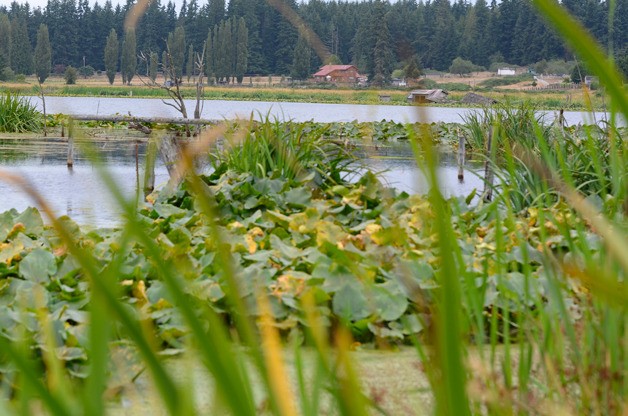The long and drawn-out process of updating the county’s critical areas ordinance continues as the county outlined yet another plan last week.
The state’s hearing examiner rejected a quick-fix ordinance protecting wetlands and other critical areas in May, a process that has been ongoing for years.
“Every time we start getting going, we have to stop and it’s frustrating,” Island County Commissioner Jill Johnson said.
County leaders are frustrated that they can’t seem to get an ordinance past the hearings board. The Whidbey Environmental Action Network has continually challenged the county’s draft ordinances and won.
Most recently the Growth Management Hearings Board rejected a recent “band-aid” ordinance simply because it was designated as temporary.
“The band-aid solution was the right one for the county,” Johnson said. “This was never meant to be a permanent solution. We can make it permanent, but it takes time.”
Under the latest plan, planning staff are recommending a five-step plan that will include an “existing conditions” report, establishing guidelines for using the best available science, creating an assessment of the county’s needs and where gaps exist, and then drafting both comprehensive plan revisions and development code revisions.
The timeline calls for all five steps to be completed by April of next year.
The county planning department is down two staffers and are in the midst of updating its comprehensive plan as required every eight years. As a result, some of the more complex issues may need to be shelved for a future discussion, Johnson said.
“It’s a lack of people and it’s a lack of time,” Johnson said. “There’s some general concern about the timeline, staff and how we’re going to pull that over the finish line.”
WEAN representatives say the county could have avoided the extra work if they had done it right in the first place.
Marianne Edain, a WEAN founder, has cautioned county commissioners at public meetings over the past year about delaying decisions and warned that they have not allotted enough time to properly address the environmental protections.
“We have a saying around here,” she said. “The county says, ‘Too soon, too soon’ and then ‘oops, too late.’ That’s exactly what we are seeing again. I get really tired of saying ‘I told you so.’ ”
The county states that the intent of the latest plan is to establish a comprehensive approach to protecting critical areas, but WEAN believes the county continues to skirt the intent of the Growth Management Act.
One main sticking point in the ordinance is between maintaining farmers abilities to maintain irrigation ditches and ponds, while still protecting the associated wetlands and salmon habitats.
“It doesn’t matter how much time they have,” Edain said. “They don’t want the ordinance to go where we think it needs to go.”



